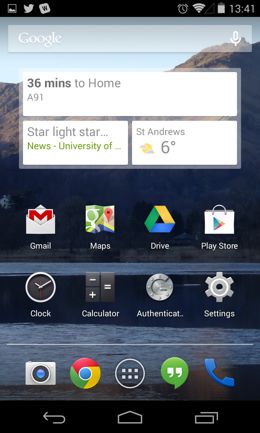Whitespace, copywriting and Google Now
Why whitespace matters
There is a tendency among non-experts to cram as much information as possible onto a webpage. But you should not think of whitespace as wasted space. Designers know that whitespace is hugely important in terms of usability, legibility and comprehension.
This article contains a good explanation of the theory, research on the topic, and tips for how to use whitespace and why.
The Google and Yahoo homepages are good examples of this problem. Both Google and Yahoo offer similar services. However, they take radically different approaches to their primary homepages.
…Yahoo tries to get the user to look at everything at once. Google on the other hand recognises that users have limited attention and so focus on their primary offering first – search. By looking at the two homepages (let alone their relative incomes) it is immediately apparent which is more effective.
8 simple copywriting tips backed by science
The web has changed the way we consume information. In turn, that is changing the way we need to craft our content.
Successful websites like BuzzFeed and Upworthy are written in a distinctive style specifically designed to increase user engagement. Thanks to analytics data, content creators have a much better idea of what sort of writing can entice readers online.
While we would not necessarily want to adopt all these techniques, it is still interesting and useful to know the ways that writing is evolving online.
Web content on Google Now
Here are two screenshots from my phone demonstrating the functionality of Google Now.


Google Now automatically displays content from websites that you visit frequently. I did nothing to make this happen – Google did this all automatically. I thought it was interesting to include as it demonstrates the different ways web content can be displayed nowadays, and that we need to be prepared for it. Our web content does not just live in the web browser.
This ties in with some other recent articles that I have featured in this blog, about the changing nature of web content.